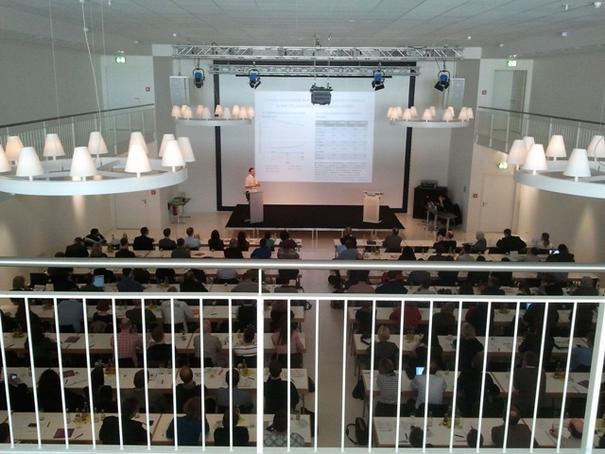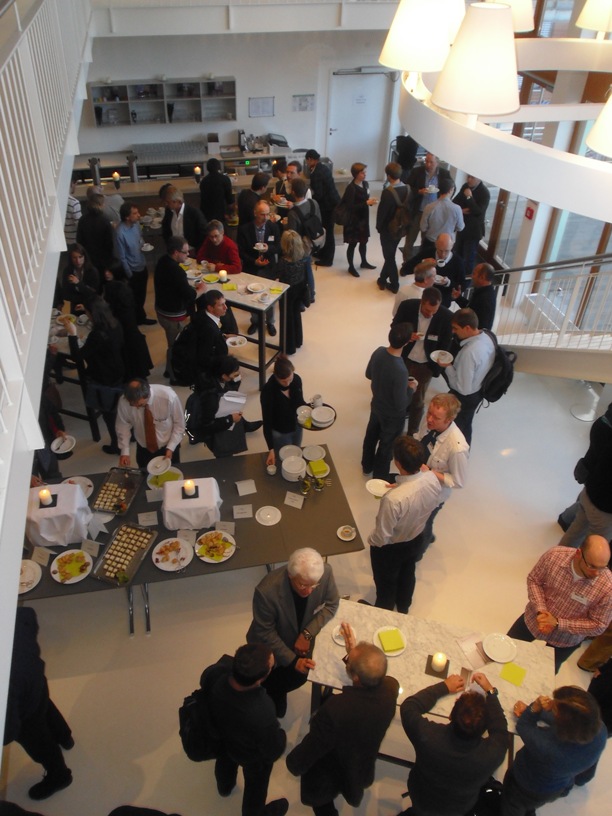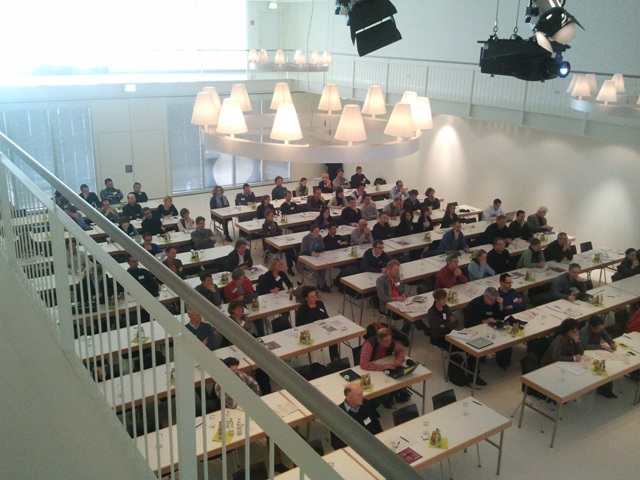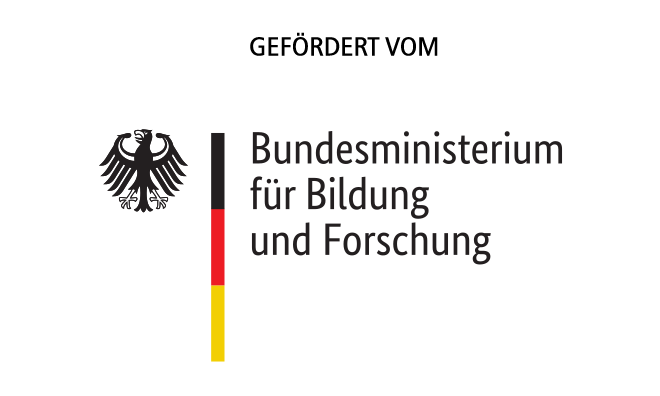The organizers and the National Research Platform for Zoonoses as co-organizer were thrilled; almost 140 scientists from all over the world met in Münster from 8th to 9th of March 2012 to learn about the latest developments and potential applications of NGS technologies. The focus was on aspects of public health and clinical microbiology. What seemed unthinkable just two decades ago has now become part of everyday laboratory life. Using ultramodern, fast Next Generation Sequencing (NGS) technologies, genome data of pathogens of various disease outbreaks can be produced within a few days.
The possibilities of rapid sequencing of the genome and identification of pathogen sources were demonstrated at the conference with examples such as the cholera outbreak in Haiti in 2010, the appearance of the EHEC strain O104:H4 in 2011 and most recently the discovery of the Schmallenberg virus. The speakers demonstrated the advantages of NGS technologies in the "search for the needle in the haystack". Without the technological advances presented at the conference, also from the point of view of the manufacturers of modern sequencing equipment, the rapid identification of pathogen groups and the source of infection is hardly conceivable.
The presentation by Thomas Briese from Columbia University was particularly interesting for zoonoses researchers. Using various outbreaks of zoonotic infectious diseases as examples, he showed how "hot spots" of infectious diseases worldwide could be discovered using NGS sequencing. In his view, it is particularly important that diagnostic investigations can be carried out on site using NGS technology, which greatly facilitates the search for the respective pathogen reservoirs.
The modern NGS technologies make it possible to produce a large amount of sequence data within a very short time. The challenge of the future - as the conference concluded - will be to interpret these data correctly and link them to the phenotypic characteristics of the pathogens as well as epidemiological information.
Marc Struelens of the European Centre for Disease Prevention and Control (ECDC) also believes that several obstacles still need to be overcome before genetic data can be used to improve public health. These include the user-friendliness, accuracy and speed of NGS technology platforms, but also quality standards for NGS data and data analysis.
Programme and list of participants






